Any brand still ignoring the potential of social commerce is leaving money on the table, but it’s an especially crucial sales avenue for beauty brands, thanks to the category’s special relationship with social media. Beauty influencers create and shape trends with everything from “dupe” culture to viral aesthetics, and the ease of social shopping makes it a natural fit.
As consumer use of social shopping platforms continues to evolve, there are some specific strategies that are already helping first-mover beauty brands win.
Brands looking to dominate the beauty category in 2025 and beyond need to embrace the powerful social shopping flywheel and capture consumers where they are.
Why social commerce is key for beauty brands in 2025
Social commerce is indisputably on the rise (and shows no signs of slowing); US sales will surpass $100 billion in 2026, according to eMarketer.
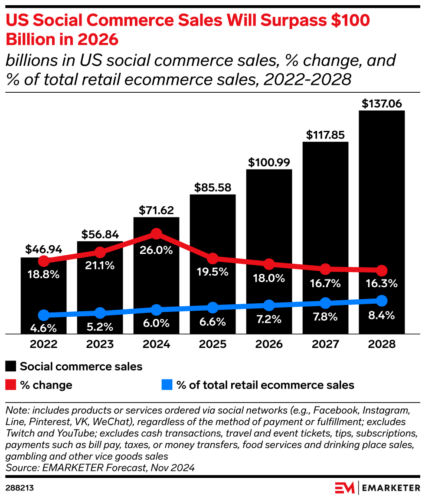
Source: eMarketer
Social commerce has significant sway over younger audiences like Gen Z and millennials, who will collectively make up more than 70% of US social buyers this year, but don’t count Gen X and baby boomers out; eMarketer noted that Gen X alone accounted for around 18% of social shoppers in 2024.
Platforms like TikTok, Instagram, and Facebook, and even smaller players like Reddit and Snapchat, have leaned into the growing demand by introducing new ad types and encouraging live shopping. Most of these offer their own in-platform stores so users can shop without leaving the app, like Instagram Shops or TikTok Shop.
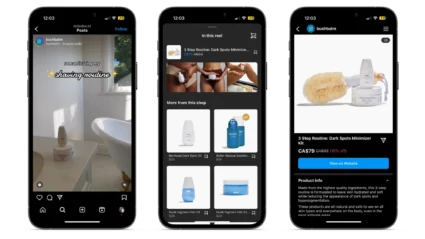
Source: Shopify
That’s not the only way they’re taking advantage: most major social platforms have made deals with Amazon to allow users to buy directly from the marketplace through ads. That’s a win-win for consumers and brands because they get access to an easy (and familiar) checkout experience, potentially breaking down some of the obstacles to making purchases through social media.
Beauty brands, in particular, are grabbing a major slice of the pie when it comes to social commerce. Health and beauty was a top spending category for social shoppers, with 42% of buyers saying they bought products on social occasionally, according to Statista.
That’s no surprise, since social media has such a huge impact on beauty trends and sales. Beauty products also make great items for shoppers to purchase online since buyers primarily stick to lower-cost products when shopping via social commerce.
Social commerce’s special relationship with beauty brands
The category’s emphasis on influencers and creators makes the question of social commerce particularly critical. Beauty brands can capitalize on the persuasive power of influencers by offering an on-platform buying experience that’s easy and frictionless.
Recommendations from trusted sources like celebrities and influencers have a major impact on beauty buyers on social media: almost half of social shoppers said they bought a beauty product because of influencer content. Gen Z consumers are even more responsive to endorsements of beauty products, more than 2.5 times as likely to be swayed per eMarketer.
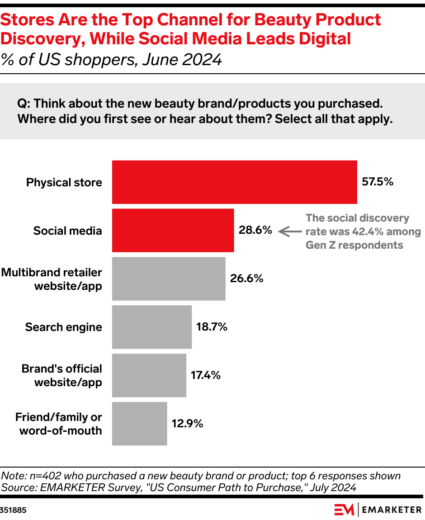
Source: eMarketer
Thanks to that dominance, beauty businesses have been some of the most powerful early adopters on TikTok Shop, owning many of the app’s strongest storefronts by tapping into makeup and skincare-related content like “get ready with me” videos and reviews.
To drive traffic to your social shops, you should be investing in building relationships with creators and influencers across those platforms who already have the attention (and trust) of your target audience. Once you have partnerships in place, you can call on your bench of influencers when you need new content, especially for tight turnarounds.
Those relationships will help you stay on top of fast-moving social trend cycles with an agile social strategy so you can promote relevant products at the right moments, through the right creators.
Reaching beauty customers with social commerce strategy
When you think social commerce, you probably think TikTok Shop–but these transactions happen across many platforms. It’s a good idea to diversify your strategy by testing different social media platforms to see what resonates most with your particular audience (especially considering all the back and forth around a TikTok ban).
All of these channels have their pros and cons. Here are some platforms to consider:
TikTok
TikTok’s popularity among younger consumers and its irresistible algorithm has made it an ideal place to promote products–but the app’s future in the US is still uncertain.
Pros:
- Brings the live shopping experiences popularized in Asia to US audiences, encouraging users to buy directly through QVC-like live streams.
- TikTok Shop gives influencers an easy way to direct consumers to buy products mentioned in their content.
- There’s a strong beauty and fashion culture on the app, constantly generating new “cores” and aesthetics (coconut girl, anyone?) that brands can tap into.
Cons:
- Marketers and users alike have been on a rollercoaster ride when it comes to regulations surrounding the app, and it’s still unclear if TikTok will be banned.
- Many consumers view products on TikTok Shop as spammy or low-quality, which could be a hit to your brand image.
While younger customers might consider Facebook passé, it still has a major consumer base (even among the Zoomers who say they’re too cool for it).
Pros:
- Facebook has massive reach among US users, with the most social buyers overall at 65.2 million in 2024.
- The platform’s Marketplace function is one of the biggest players in social commerce, including for younger audiences.
Cons:
- While Facebook Marketplace is incredibly popular for second-hand sales, there doesn’t seem to be as much opportunity for brands.
YouTube
YouTube creators have strong audience connections and new affiliate shopping options, but the platform still has a long way to go when it comes to social commerce.
Pros:
- Almost a quarter of users start their product searches on YouTube.
- Creators are incentivized to share products since they can earn commission from items featured in their videos through YouTube’s affiliate program.
Cons:
- While YouTube is crucial for product discovery, users aren’t as likely to convert on the platform.
Instagram is second only to Facebook in terms of social buyers–and those shoppers are ready to spend.
Pros:
- Instagram shoppers are the highest spenders of social buyers on any platform.
- The app has tools to optimize social shopping, like the Explore page, which offers a place for discovery, and the tap-to-shop option on Stories, which provides a quick path to conversion.
Cons:
- Instagram’s Reels offering doesn’t wield the same social power as TikTok.
-
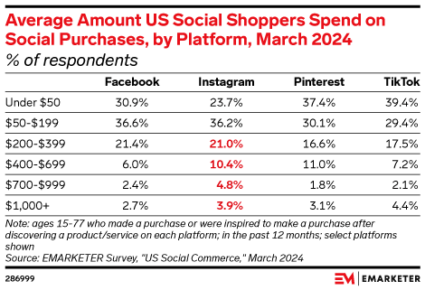
Source: eMarketer
Pinterest is a natural space to shop since users often turn to it for inspiration on home decor, fashion, and more.
Pros:
- Pinterest has seen major growth among Gen Z users in recent years.
- The platform’s Amazon partnership has proved popular with social buyers.
Cons:
- A flood of low-quality, AI-generated content has led some users to lose confidence in the app.
Snapchat and Reddit
While Snapchat and Reddit are less traditional platforms for social commerce, they can be a great way to reach specific audiences.
Pros:
- Social shoppers are more likely to make frequent purchases on smaller platforms than on juggernauts like Facebook: a third of social shoppers on each of these smaller platforms buy something at least once a month.
- While many platforms are becoming more places to scroll than places to connect, these apps still offer a strong social component.
Cons:
- These apps have less audience reach than bigger platforms.
- There’s not much of an influencer culture for brands to leverage (although Snap is now pushing creator campaigns).
No matter where you start your social commerce journey, it’s key to start testing and investing now. Beauty brands that aren’t leveraging this major sales opportunity risk being left behind by competitors that are.


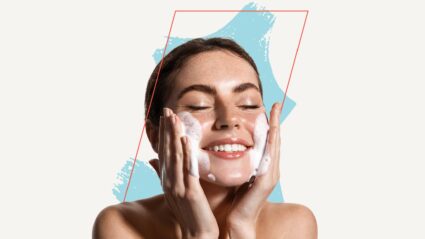


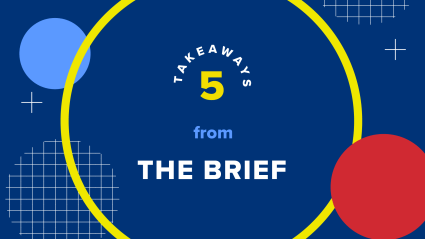

Responses